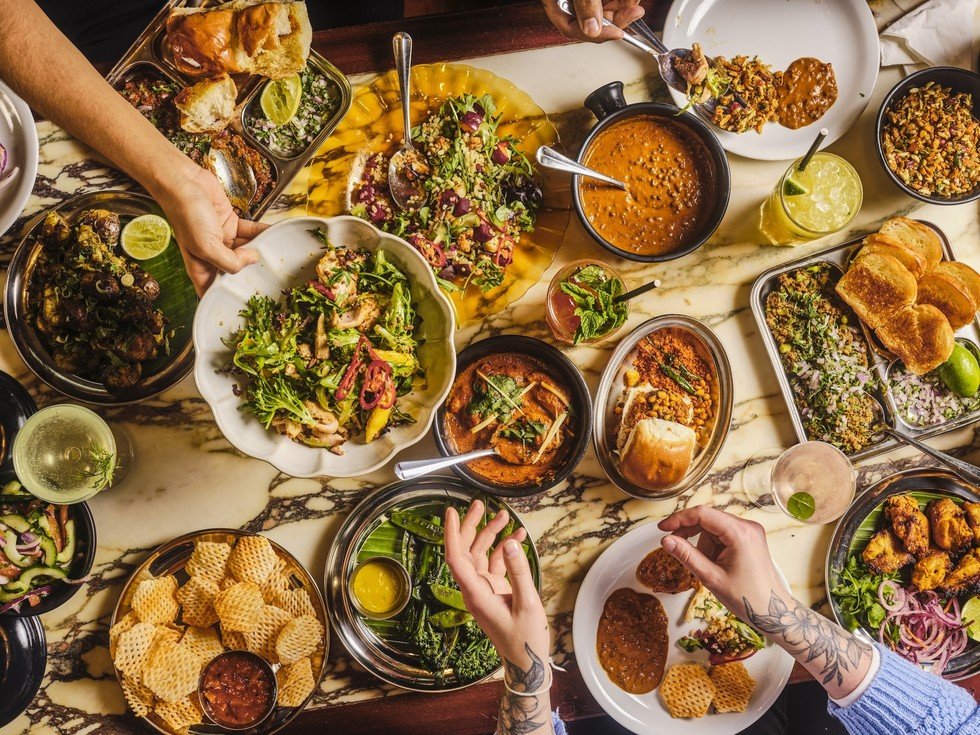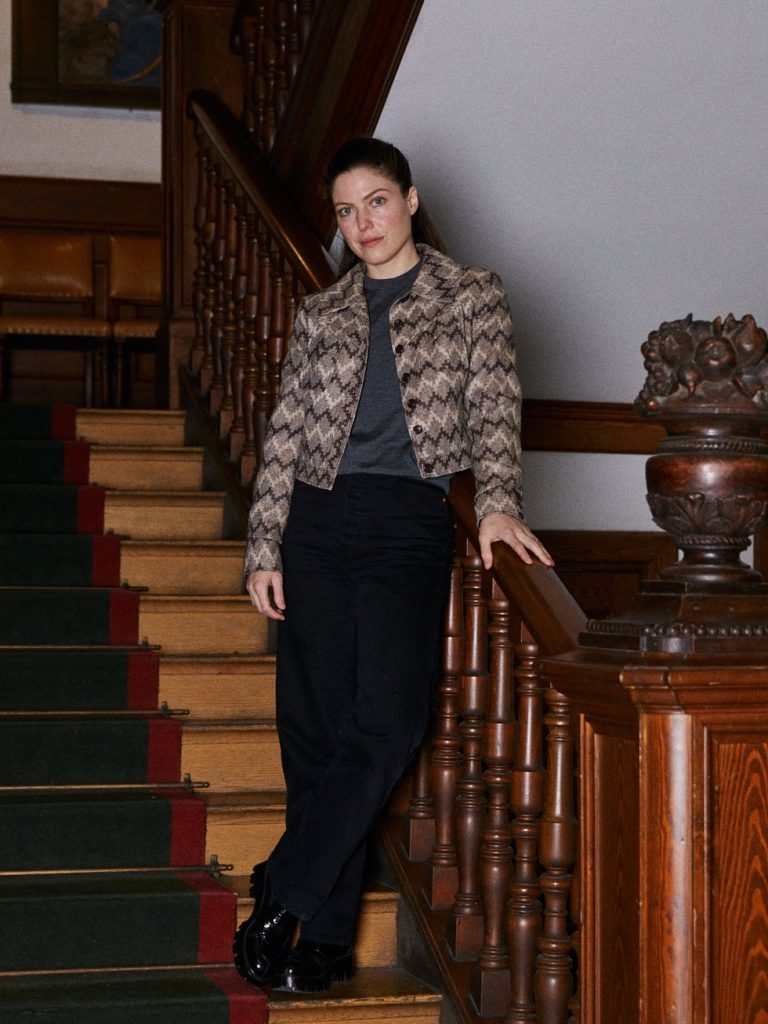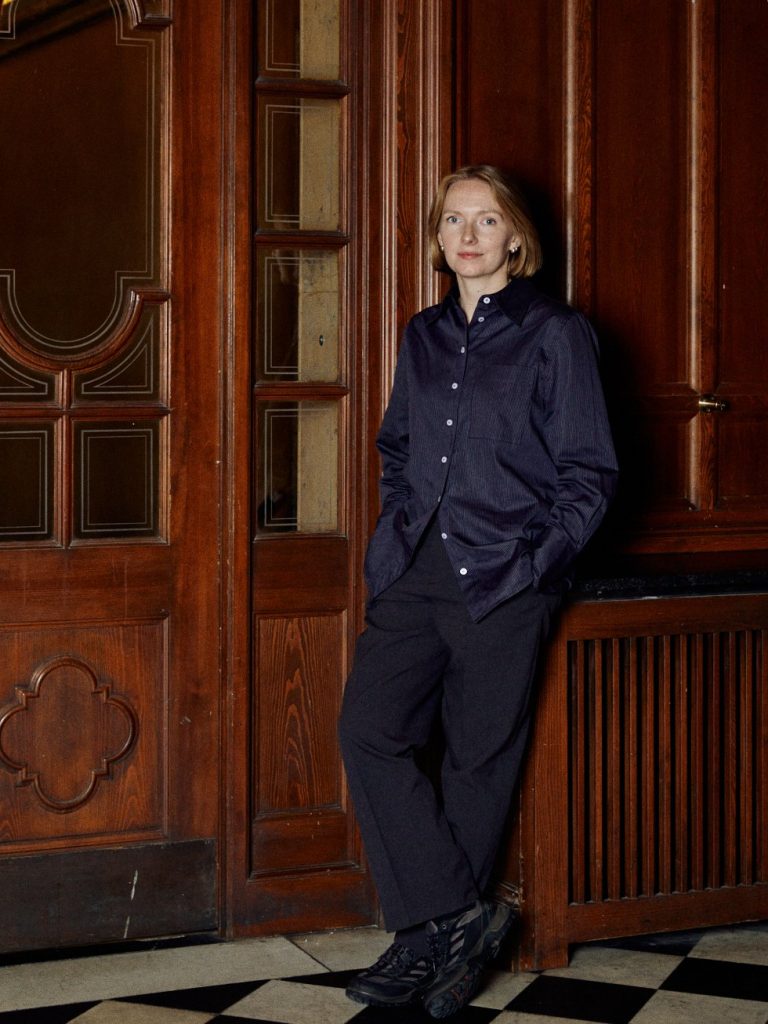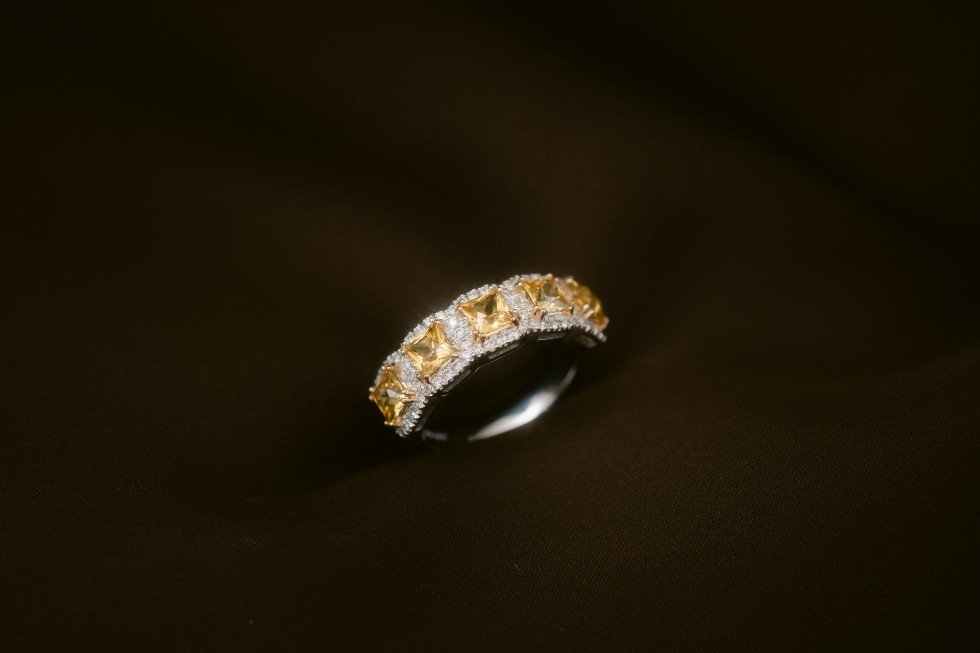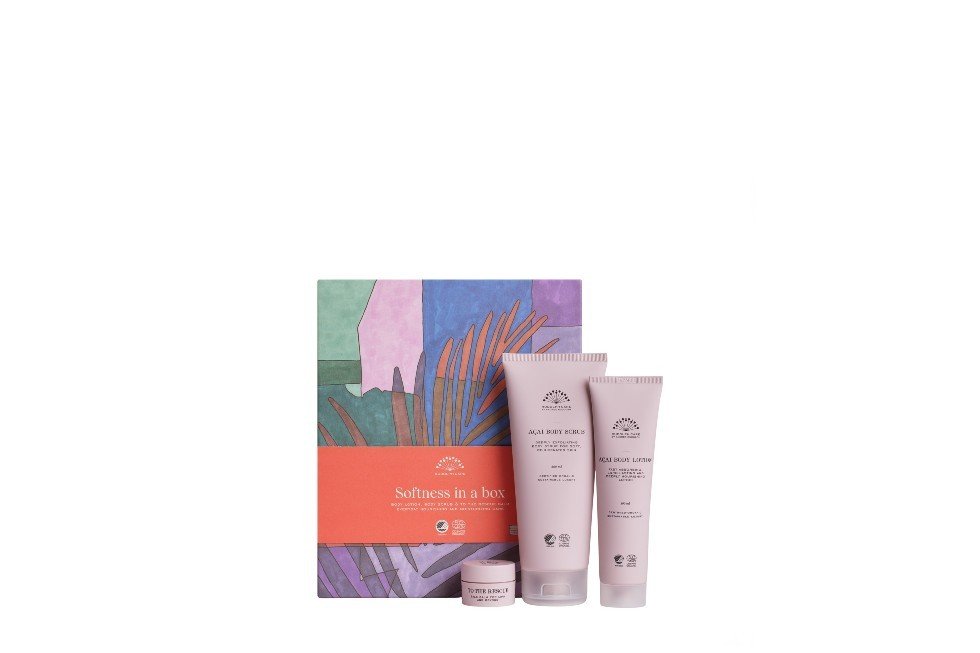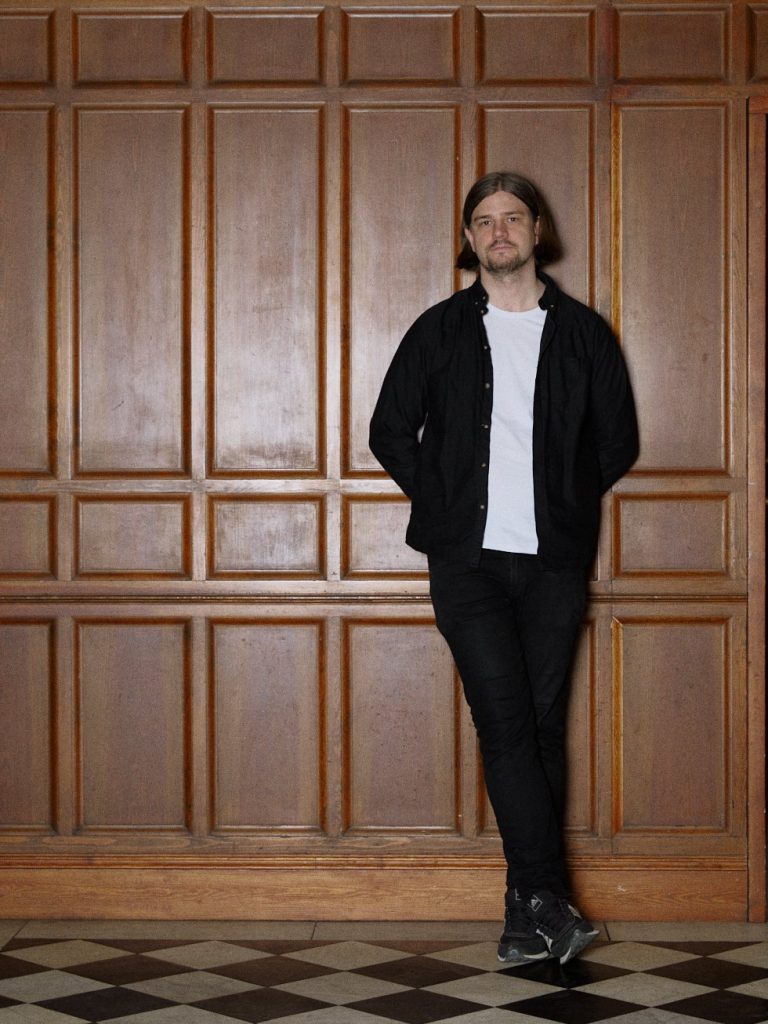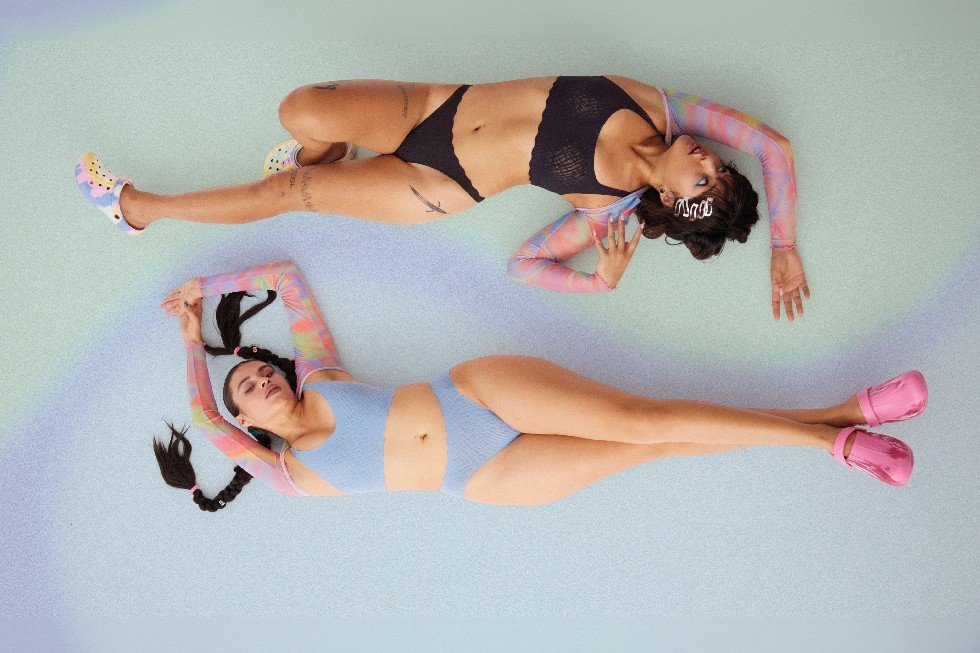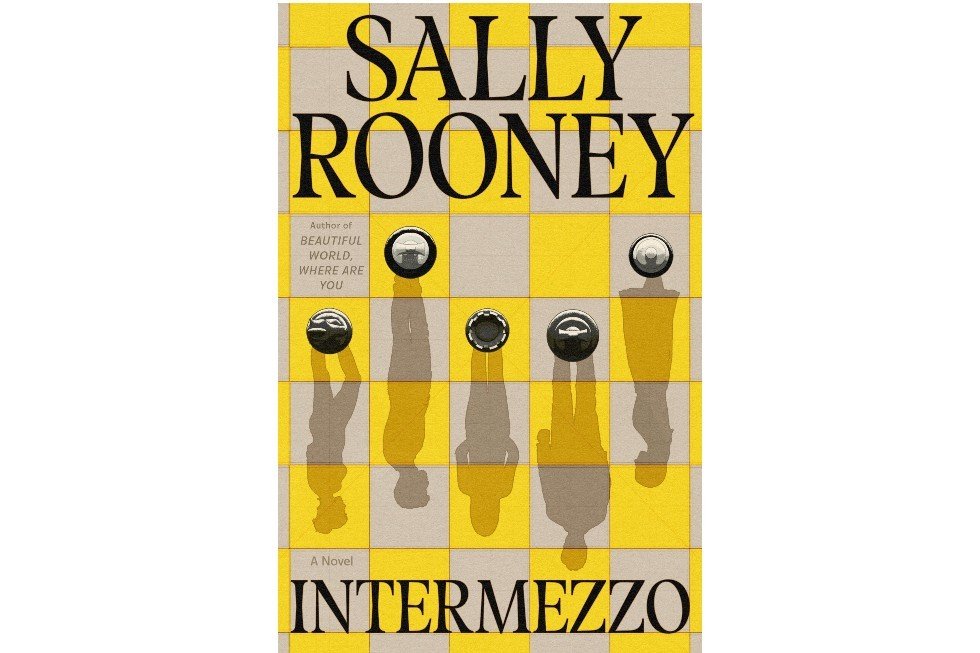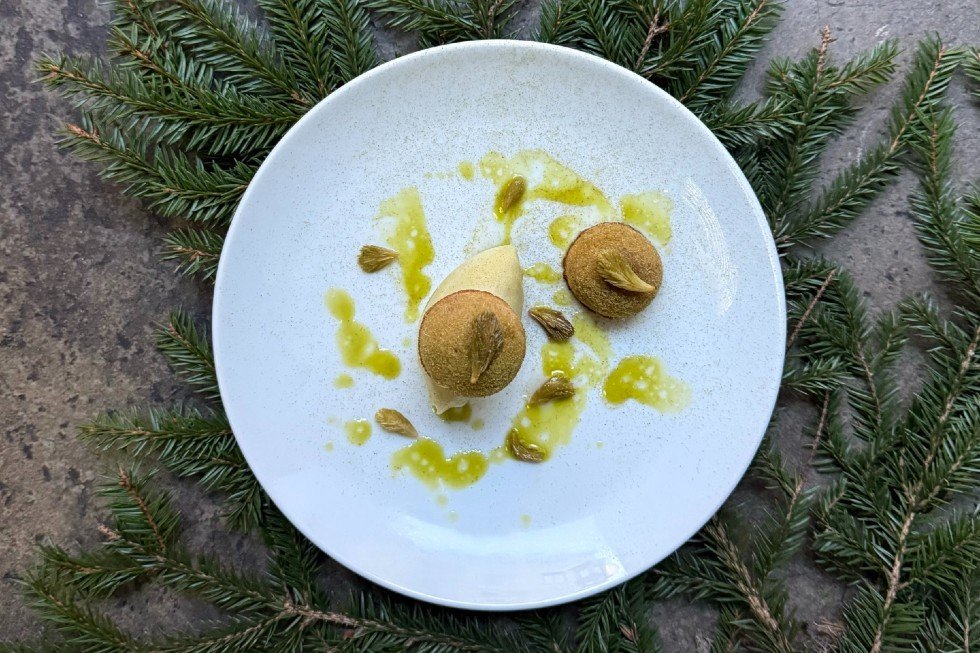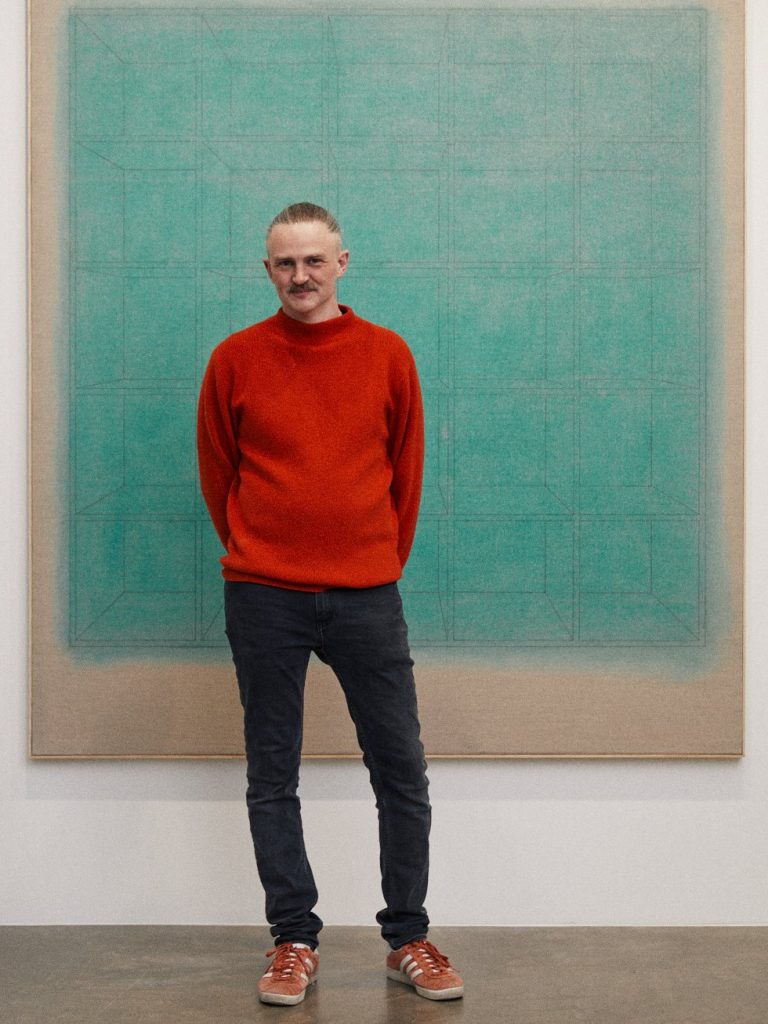Jordana Loeb: “Each Process Has Its Own Dimension” text Natalia Muntean Jordana Loeb’s practice bridges printmaking, sculpture, sound, and movement, creating deeply transformative works that connect natural materials with themes of memory, heritage, and interaction. Her experimental approach—most recently exemplified by her ongoing project Wooden Feedback—demonstrates an innovative fusion of traditional techniques with contemporary performance and sound. The American artist, who is based in Stockholm, has been awarded the Ann-Margret Lindell Stipendium by Grafikens Hus, in recognition of her contributions to graphic arts. In our conversation, Loeb offers insights into her creative process and the evolving dialogue between materials, movement, and sound. Natalia Muntean: Your practice merges printmaking, sculpture, and sound with influences from dance and movement. How do you ensure these elements communicate cohesively in your work?Jordana Loeb: One aspect that has tied printmaking, sculpture and sound together in my practice has been the material, such as wood. Through hours of repetitive carving, I started to question the material. Does the tone of the wood change from carving at different depths? How do the density, hardness and type of wood also affect the sound? In the ongoing project, “Wooden Feedback”(2022-), a series of carved resonating boards, I have combined relief processes, sculpture and sound in connection with the moving body. Each of these processes has its own dimension, and the combination of the four, as seen in this work, allows for them to coexist. I am drawn to letting the material speak for itself and giving it the space to do so. This has been important as it shows the cause and effect. Specifically in how the sonic feedback loop is driven by the interaction between the body’s movements and wooden boards. NM: What inspired you to merge your background in movement with traditional graphic techniques, and how has it evolved?JL: During my Bachelor’s at Syracuse University, I first thought I would major in Communication Design, yet I found myself stuck at a screen. By chance, I took a printmaking relief course and realised that I was spending more time in the studio as I was constantly moving. I think the lack of movement from my every day started this merge with printmaking. As I reflect on previous and current works, I’ve noticed a pattern of focusing on movements of balance, weight and tension. Especially in my sculptural work “Apple pillars: echo” (2024), a series of carved apple logs fused in steel, balancing from its own pressure and force. I find myself swaying between sculpture, print, sound and performance as each document the process from its own angle. I think this way of working helps me to understand what I am doing and to get closer to my work. We met up with the artist Hank Grüner (b.1991 Bogota, Colombia) who currently lives and works in Stockholm. Grüner approaches his artistic practice from a place of adoption, resulting in a personal history and deeply personal experiences, paired with an exploration of cultural heritage, belonging, and transformative mythology. He portrays these themes in his latest exhibition ’Signs from above’, which features six sculptural works displayed over 96 square meters on the facade of Sthlm02 Studion, a creative initiative by Skanska Fastigheter in Hammarby Sjöstad.Grüner is represented by Coulisse Gallery in Stockholm. His previous exhibitions include solo shows at Bam Berlin, Galleri Thomassen, and the Swedish Embassy in Paris, among others. He has also gained attention for his collaboration with Our Legacy. Why are you doing an exhibition in Hammarby Sjöstad?I have dreamt about creating something this big for a long time, that dream also involved creating something public that would reach people on a bigger scale. This peace will be a part of peoples daily routine, their way to work and schools. My goal is always to reach people that normally don’t get in touch with art and that also makes the form of public art even more appealing to me. The opportunity to make this artwork came through the building company Skanska, which I am really grateful for. Tell us more about your background.I was born in Colombia and came to Sweden and my new family when I was three months. My whole life has been coloured by the fact that I was adopted. The question of What if? That sliding doors moment. When I create something, I always include those questions and sometimes I find answers in my creations. I find time after time that my heritage is set deep into my bones, how I paint flowers and patterns with colors that are so significant for my Colombian heritage and typical for where I came from.I am not traditional in how I work, I never finished any art school and learned most of what I know through my mentor and former boss Christopher Nying, founder and CD of Our Legacy. My work includes paintings, sculptures, ceramics, and more.

